Europe after Second World War
Many countries in Europe had been liberated from German occupation by Soviet armies. These countries were Poland, Hungary, Rumania, Bulgaria & Czechoslovakia. The Communist parties & other antifascist parties in these countries had played an important role in the struggle against German occupation of these countries. By 1948, the governments of all these countries were dominated by the Communist parties.
- Up to the Second World War, the only country in Europe, & world, ruled by a Communist party was the Soviet Union. Now a large number of European countries were ruled by Communist parties.
- In these countries, other political parties were either not allowed to exist or had only a nominal presence.
- The political power was exclusively in the hands of the Communist parties.
- The presence of Soviet troops in these countries ensured the continuance of the Communist parties’ monopoly of power.
- Within the Communist parties themselves, differences over policies were not allowed & the power within, the Communist parties became concentrated in a few hands.
Sometimes these countries were branded as ‘satellites’ of the Soviet Union. The Communist party of Yugoslavia was the only ruling Communist Party which refused to be dominated by the Soviet Union. But at the same time, the government of Yugoslavia did not allow other political parties to function.
Partition of Germany
The four powers – Britain, France, United States & Soviet Union, which were in occupation of four different zones of Germany followed different policies in dealing with the social, economic & political problems in their respective zones.
- In British, French and American zones, the economic development continued on capitalist lines.
- In 1948, Brain, France & United States decided to merge the three zones under their control and form a separate government there.
- In September 1949 these zones were united & a separate state in West Germany called the Federal Republic of Germany with its capital at Bonn came into being.
- In East Germany, which was under Soviet occupation, Lands were distributed among peasants and all the major industries were taken over from private hands and made the property of the state.
- In October 1949, the Soviet zone became a separate state called the German Democratic Republic.
- Thus, Germany came to be divided into two states, each following its own pattern of social, economic and political development.
- The division of Germany had been a source of tension in Europe and a major factor in the Cold War.
- East Berlin was the capital of East Germany (German Democratic Republic) while West Berlin which was located within the GDR territory was treated as a part of West Germany (Federal Republic of Germany).
- In 1961, the GDR authorities built a wall between East and West Berlin to prevent East Germans from going away to West Berlin.
- The building of the wall became a further source of tension in Europe.
- The process of ending communist rule in GDR and of the reunification of Germany began in 1989 when the Berlin Wall was opened and political parties which were outside the control of the communist party (called Socialist Unity Party) were allowed to function.
- In early 1990 elections were held & a new government came to power. By 1990, the division of Germany was ended.
Collapse of Soviet Union
Collapse of Soviet Union also resulted in collapsing of the communist regimes in USSR & in other countries of Europe.
- In 1956, three years after the death of Stalin, the Communist Party of Soviet Union denounced the excesses and crimes committed by Stalin.
- From 1985, many important reforms began to be introduced in the political system of Soviet Union with a view to promoting political democracy like free & open discussion on every issue & lifting of curbs on the freedom of thought and expression.
- The hold of the Communist Party over the political life of the country was loosened and other political parties were allowed to function.
Gorbachev’s Rise 1985 & Fall of USSR
Mikhail Gorbachev became the leader of Soviet Union in 1985 & instituted capitalistic reforms known as perestroika; & a limited expansion of political freedom known as glasnost. He let Berlin wall fall in 1989 and unite Germany in 1990.
- There was a demand for greater autonomy by the republics which constituted the Soviet Union. Some republics wanted to become independent.
- In August 1991, there was an attempt to stage a coup by some leaders of the Communist Party.
- Though the coup collapsed, the Soviet Union began to break up. Many republics declared their independence.
- On 25 December 1991, Mikhail Gorbachev, who was the President of the Soviet Union during this period & had initiated the reforms mentioned earlier, resigned and the Soviet Union formally ceased to exist.
- In place of Soviet Union, emerged 15 independent republics.
- Equally important changes took place in those countries of Europe which were ruled by communist parties.
- There had been outbursts of resentment in some of these countries against Soviet control & against the Soviet supported communist governments & there were occasions when Soviet troops were used to suppress the unrest in these countries.
- The changes in the Soviet Union affected these countries directly.
- By 1989, Soviet control over them came to an end.
- The monopoly of political power enjoyed by the communist parties in these countries was ended.
- There were free elections & new governments were formed.
- It is notable that these far-reaching changes took place in most countries without the use of violence.
The Warsaw Pact, the military alliance which was headed by the Soviet Union and of which the communist ruled states of Europe were members, was dissolved in 1991.
Breaking up of the Nations after WW 2
| Europe |
|
| Asia |
|
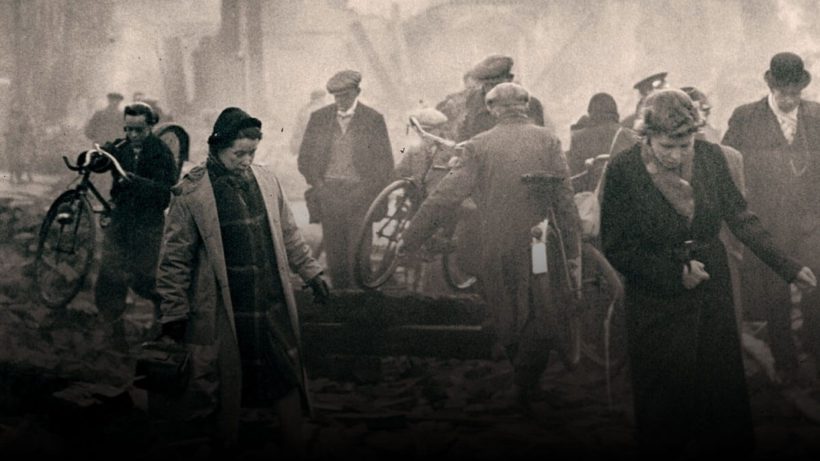




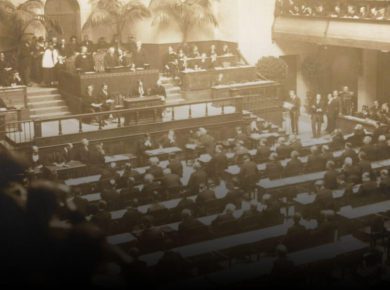
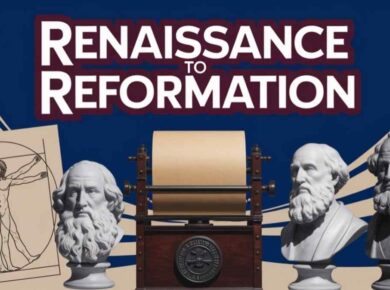
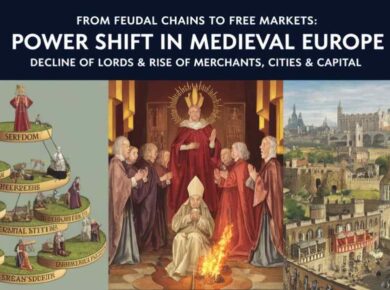
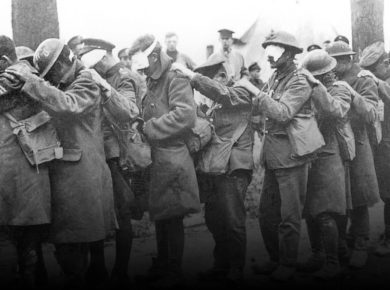
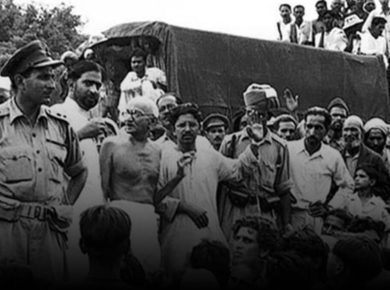
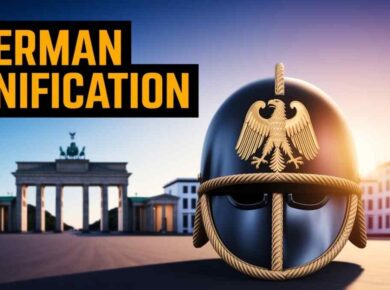
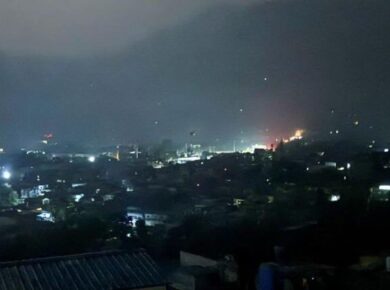



1 comment
thankyou very much to share the knowledge.